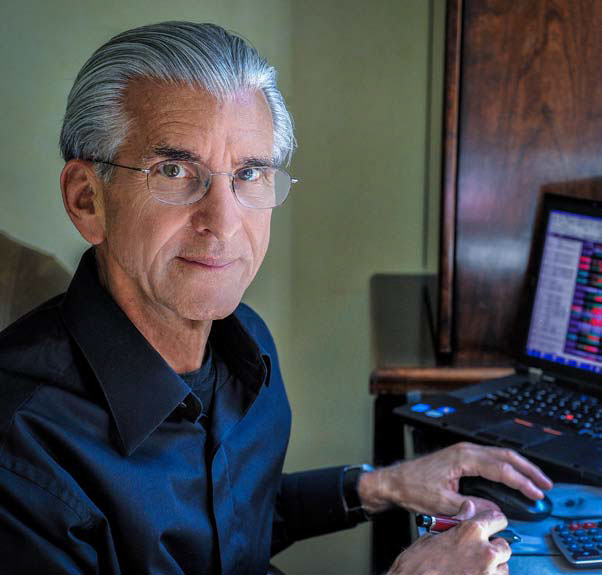
 Risk/Reward Risk/Reward
August 2013
AVENUE MAGAZINE
Meet Robert A. Kanter, a highly successful trader, risk manager and the principal of Wainscott Advisors
What is unique about your firm and what distinguishes you from
others in your field?
Wainscott Advisors is a one-man firm, except for computer and clerical
staff. All advice is individualized, explained on a one-to-one basis and
paid for by the hour.
What experience do you bring to the table?
I have over 50 years of trading and risk management experience
as an on-floor specialist broker in securities [L.W. Herman and Co.],
managing partner of a stock and options trading firm [ARBCO],
president of a specialist firm [Kanter, Blau and Woods] and the founder,
CEO and risk manager of ETG [Electronic Trading Group], a brokerdealer
with over 300 customers and traders.
What is your investment philosophy?
First, determine your risk tolerance and reward objectives within the
framework of your financial circumstances. Second, make a judgment
call as to the direction of the markets you plan to invest in, with
consideration of world economic conditions as they presently exist,
and how they may exist in the future. Third, research the available
vehicles in which to participate. Last, construct a portfolio and
analyze it with respect to liquidity, volatility and, in each respect, how
a particular position might fare in the portfolio as a whole.
Can you share anything newsworthy about yourself professionally?
I was the subject of a Barron’s feature article. I was the founder and
initial president of the Chicago Board of Options Exchange Market
Maker Association and was on the Exchange’s board of directors and
executive committee, which affected the first legislation against front
running. In 1987 I was asked by Senator William Proxmire’s Senate
Banking Committee to head a hearing on market manipulation.
Professionally, however, I am most proud of the fact that I have never
had a losing year.
What are people asking for these days?
People want and need higher yields—however, they make the mistake
of not analyzing other factors such as liquidity, interest rates and the
credit risk of those higher yields. I must continually explain the concept
of total return. Most investors are more interested in dividend yield
or their rate of interest, without proper assessment of potential
appreciation or depreciation of the instrument. Unrealized profit
or loss, combined with dividends or interest, determines the total
return—which is what matters most.
What are the most important things one should consider when
contemplating any investment?
Within the context of one’s entire portfolio, what is your expectation
of gain versus loss and the probability thereof? When you factor the
expected gain by the probability of that gain, the result should be at
least one-and-one-half times the amount you are willing to lose.
In the current economy, what’s the best advice you can give
your clients?
Be careful not to be in “crowded rooms,” i.e., being in an asset class
that everyone else is in and believing that you can get out the door
first in the event of fire.
What is the most exciting part of your job?
The most exciting part of my job is knowing when to liquidate a
profitable position, and protecting a client from an unnecessary and/
or substantial loss.
If you were not an investment advisor, what would you be?
And why?
A jazz pianist. On my 60th birthday I gave a private concert at
Weill Recital Hall. Discovering a great chord is as satisfying as a
good trade.
Exerpts from AVENUE MAGAZINE
120 | AVENUE ON THE BEACH • AUGUST 2013
Click here for the original PDF version of this article.
Click here for list of all news articles.
|



